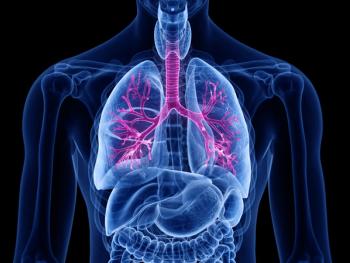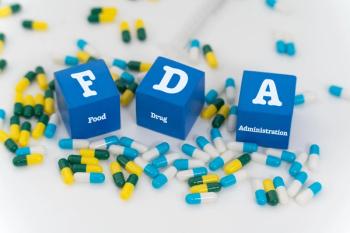
- Drug Topics June 2020
- Volume 164
- Issue 6
Pharmacists Feel Overworked, Face More Discrimination
Survey results reveal improvements and challenges in the workplace.
harmacists, pharmacy technicians, and other pharmacy staff felt overtaxed even before the coronavirus disease 2019 (COVID-19) pandemic hit, according to findings from the 2019 National Pharmacist Workforce Study. The survey results showed that 69% of full-time pharmacists reported that their workload “increased” or “greatly increased” compared with the prior year.
Although the profession is much more racially and gender diverse than in previous years, pharmacy staff reported age, race, and gender discrimination, according to the findings. The Midwest Pharmacy Workforce Research Consortium has conducted the annual study for the Pharmacy Workforce Center (PWC) since 2000.
Among full-time, actively practicing pharmacists, 71% rated their workload level at their primary place of employment as “high” or “excessively high” in 2019, compared with 66% and 68% of full-time pharmacists in 2014 and 2009, respectively.
The highest proportions of full-time pharmacists rating their workload as “excessively high” or “high” or were in chain (91%) and mass merchandiser (88%) settings; the lowest proportions were in independent community (48%) and ambulatory care (57%) pharmacy settings, the PWC said.
“Employers, such as large pharmacy chains and others, should consider how they can boost fulfillment and lower exhaustion amongst their employees, which will lead to retaining a strong workforce. Perhaps there are lessons to be learned from independent and hospital settings [that] are succeeding at meeting the needs of its personnel,” PWC said in a statement.
Overall, 44.2% of full-time pharmacists received an increase in base pay in 2019 compared with 31.7% in 2014; 48.4% said their base pay stayed the same.
Full-time pharmacists in community retail pharmacies (approximately 12%) reported a base pay decrease in the past year compared with full-time pharmacists in hospital settings (2%).
Nearly a third (31%) of pharmacists reported experiencing incidents of discrimination in 2019. “The most common type of harassment reported by pharmacists was hearing demeaning comments related to race/ethnicity at 15.7%,”PWC said in a statement.
Just 15.9% of all discrimination incidents and 17.2% of all harassment incidents were reported to an employer.
In good news, the profession is starting to become more diverse. Women made up nearly two-thirds of the pharmacy workforce in 2019 compared with 46.4% in 2009. More women are also taking on leadership roles, accounting for nearly 60% (58.8%) of pharmacists in management positions in 2019.
The percentage of nonwhite licensed pharmacists also surged 46% in the past 5 years, reaching 21.8% in 2019. The percentage of black pharmacists more than doubled to 4.9%.
The profession continues to trend younger, PWC found. In 2019, 48.8% of practicing pharmacists were 40 years or younger, compared with just 24.4% in 2009. “This has positive implications for patients, as these practitioners are trained in new systems of care and will play key roles in the future of pharmacy practice,” PWC said.
Articles in this issue
over 5 years ago
Barhemsys (Amisulpride) for Postoperative Nausea and Vomitingover 5 years ago
Adapt to a “New Normal” During Uncertain Timesover 5 years ago
No Good Deed Goes Unpunishedover 5 years ago
Pharmacies Can Take Steps to Protect Against Cyberattacksover 5 years ago
Offer Patients OTC Pointersover 5 years ago
Keep Current on Vaccines to Reassure Hesitant Patientsover 5 years ago
Get Educated on Diabetes Devicesover 5 years ago
Pharmacists Fight HIVNewsletter
Pharmacy practice is always changing. Stay ahead of the curve with the Drug Topics newsletter and get the latest drug information, industry trends, and patient care tips.











































































































































































































